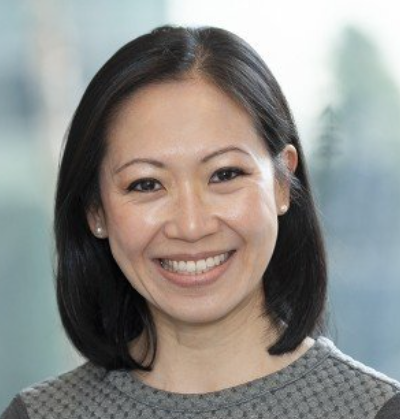It’s Time for Anesthesiology and Anesthesiologists to Have a Makeover
There are many reasons why makeover shows are so popular. There is nothing like watching someone or something remain unchanged for years, emerge new and transformed. Sure, it’s hard work, very expensive, and usually doesn’t happen without arguments and some tears. But the result is almost always for the better. I think it’s time for anesthesiology and anesthesiologists to have a makeover.
Medicine is facing some tremendous hurdles...rise in cost, poor reimbursement, increase in regulatory burden, medical mistrust, and high burnout, just to mention a few. However, I feel that anesthesiology is also suffering from a loss of respect from both patients and physicians as well as from possible extinction due to the ever-increasing calls by CRNAs to practice independently. The reasons for our current predicament may stem from how the field has slowly changed in two major ways: an evolution from a traditional physician-patient relationship to shift work, and a retreat from being perioperative providers to mainly intraoperative providers.
Compared to most other specialists, anesthesiologists have minimal interactions with patients. They are usually referred to us by other services like surgery or gastroenterology. We often do not meet with our patients in clinic before or after procedures. And if we are practicing in a team model, most of our time is spent outside the operating room overseeing other providers. This confluence of circumstances has led to a lack of patient ownership, which in turn, has made it easy for us to be minimally present in the operating room unless we’re needed, defer medical decisions to primary services, and hand off care. The rise in number of CRNAs and AAs has also improved our work hours to the point where graduating residents are routinely aiming to find jobs offering “7am-3pm shifts” or “only 4 days a week” schedules.
Both a result and an addition to the issue above is our loss of insight into patient care beyond the operating room. Although we have protocols that enhance discharge after ambulatory surgery and recovery after major surgery, most anesthesiologists remain confined to the intraoperative phase. There are no standardized methods to be updated on our patients’ postoperative course nor is it common practice within our field to seek out this information. As such, we end up practicing in a bubble where the priority is getting to “anesthesia stop”. Furthermore, our absence in perioperative medicine also extends into the preoperative period where many, if not all, medical clearances are handled by consultants. Despite the ASA providing clear guidelines on what is necessary for patients to undergo everything from minor to major surgery, we remain dependent on cardiology, pulmonology, or internal medicine to state that the patient is optimized.
Nevertheless, I believe there are multiple ways to right this ship. First, we must re-expand our care to beyond the operating room and back into the perioperative setting. This begins with increasing our involvement in preoperative evaluation and clearance. Anesthesiologists are experts at managing physiology while under surgical stress. There is no reason to believe we should not be the providers conducting medical clearances for procedures. Of course, follow up with outpatient specialists will be necessary to gather information on baseline medical problems, but is there really a specialty better than anesthesiology to say patients are ready for anesthesia?
Second, this expansion will also need to include the postoperative period. Although we may have no control over patient management once they are home, on the wards, or in the ICU, this does not mean we should blind ourselves to how our care affected them. Quality and safety has significantly grown as a subspecialty over the past decade, yet most of our QA targets remain limited to the operating room. Although some national groups such as MPOG provide postoperative measures like AKI, MI, and 30-day mortality, anesthesiologists are not routinely called upon to help improve them nor are we held accountable for their occurrences. As a result, it remains an area where great potential for improvement exists, such as taking an active role in partnering with surgery to identify areas where both pre- and intraoperative anesthetic management can be modified to ultimately improve patient care.
Finally, we need to refocus our energy back on patient care instead of work hours. Although this may sound obvious and a bit cheesy, it is difficult to achieve in practice. Staying longer to care for a sick or unstable patient or to avoid multiple hand-offs when relief is available will not be easy. In addition, the sole driving force for this change will be nothing more than our sense of duty. But if we ARE able to practice in this manner, our actions will be noticed and our standing as physicians and not as shift workers will be regained. More importantly, our actions will speak louder than words for the next generation of anesthesiologists. No amount of “doctoring” will teach this than when students and residents see it in action. As any parent will readily tell you, children do what you do, not what you say.
I understand the points made here are idealistic and entail significantly more work in an era when physicians are already overburdened. However, it is impossible to expect continued good pay, increase in respect, and professional growth if we don’t put the work into earning it.




































